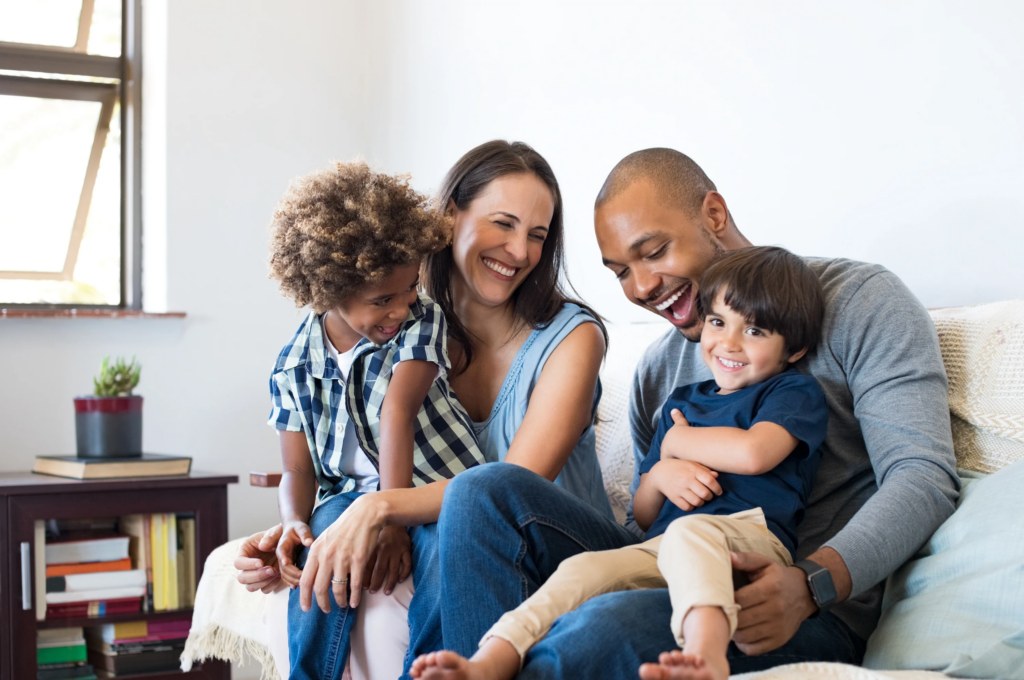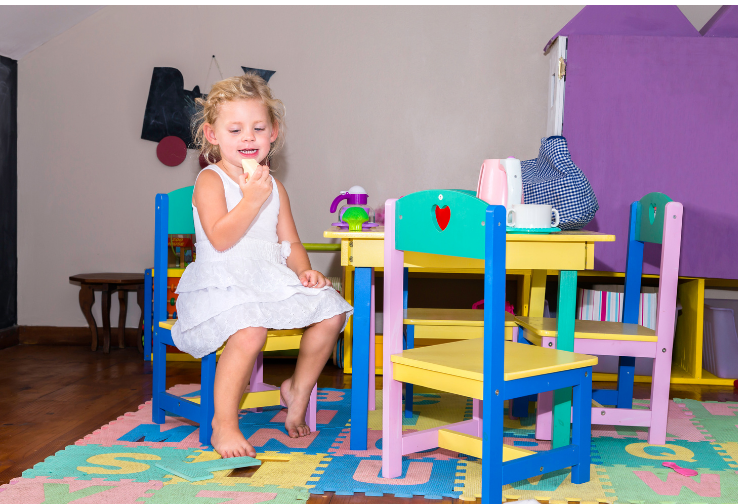How to Ensure Your Home is Safe for Young Children
Making your home safe for young children is extremely important, whether you are currently undergoing fostering assessments or have a baby on the way. Children are curious explorers by nature, so you’ll need to look at your home from their perspective. This article provides tips on childproofing each room and ensuring your home is a safe haven for little ones.

How to Ensure Your Home is Safe for Young Children
Childproof the Living Areas
The main living areas are where children will spend much of their time playing, so start here when safety-proofing your home.
- Install safety gates at the top and bottom of stairs. Use gates that screw into the wall for extra stability. Also, consider gates to block access to other potential danger zones like the kitchen.
- Ensure bookcases, TV units and other tall furniture is secured to the wall so it cannot tip over. Straps can be purchased for this purpose.
- Put cushioned corner protectors on sharp table edges.
- Keep blind cords out of reach by tying them up high. Consider cordless blinds if possible.
- Use plug socket covers throughout living areas.
- Sweep for small objects like coins, marbles, or button batteries, which could be choking hazards.
Kitchen Precautions
The kitchen contains lots of potential dangers for little ones.
- Use oven guards or knob covers so the oven/hob cannot be accidentally turned on.
- Install secure latches on all cupboards containing anything hazardous like cleaning products, alcohol, sharp objects, etc.
- Keep pan handles turned inwards on the hob so they cannot be grabbed.
- Unplug kitchen appliances like the toaster when not in use.
- Use a highchair with a 5-point harness, and never leave a child unattended.
- Keep knives out of reach, ideally in a locked drawer.
Bathroom Basics
Bathrooms need some simple modifications to avoid accidents.
- Keep medicines in a locked cabinet and all toiletries/cosmetics out of reach.
- Use non-slip mats and bath/shower mats to avoid slips. Consider a bath seat or non-slip stickers for the bath.
- Keep the toilet lid down and use a toilet seat lock to prevent drowning accidents.
- Use cordless blinds rather than dangling pull cords.
- Set the hot water thermostat to under 50°C to avoid scalds.
Bedroom Best Practices
Follow these tips for a safe night’s sleep:
- Use a cot that meets current safety standards without loose/missing parts.
- Don’t use pillows, blankets, or cot bumpers for babies under 12 months.
- Keep cots away from blinds/curtains, heaters, and power points.
- Install baby monitors and room thermometers if desired.
- Remove any choking hazards from the room.
Final Childproofing Checks
Get down to child height and view each room from their perspective. Remove anything unsafe within reach.
- Check for peeling paint and sand/repaint if needed.
- Install smoke alarms on each level of the home. Test them monthly.
- Create an emergency plan and share it with babysitters/family members.
- Keep emergency numbers easily accessible.
Make childproofing an ongoing process as your child grows and abilities change. Home safety for little ones requires vigilance, but it’s absolutely worth it!





